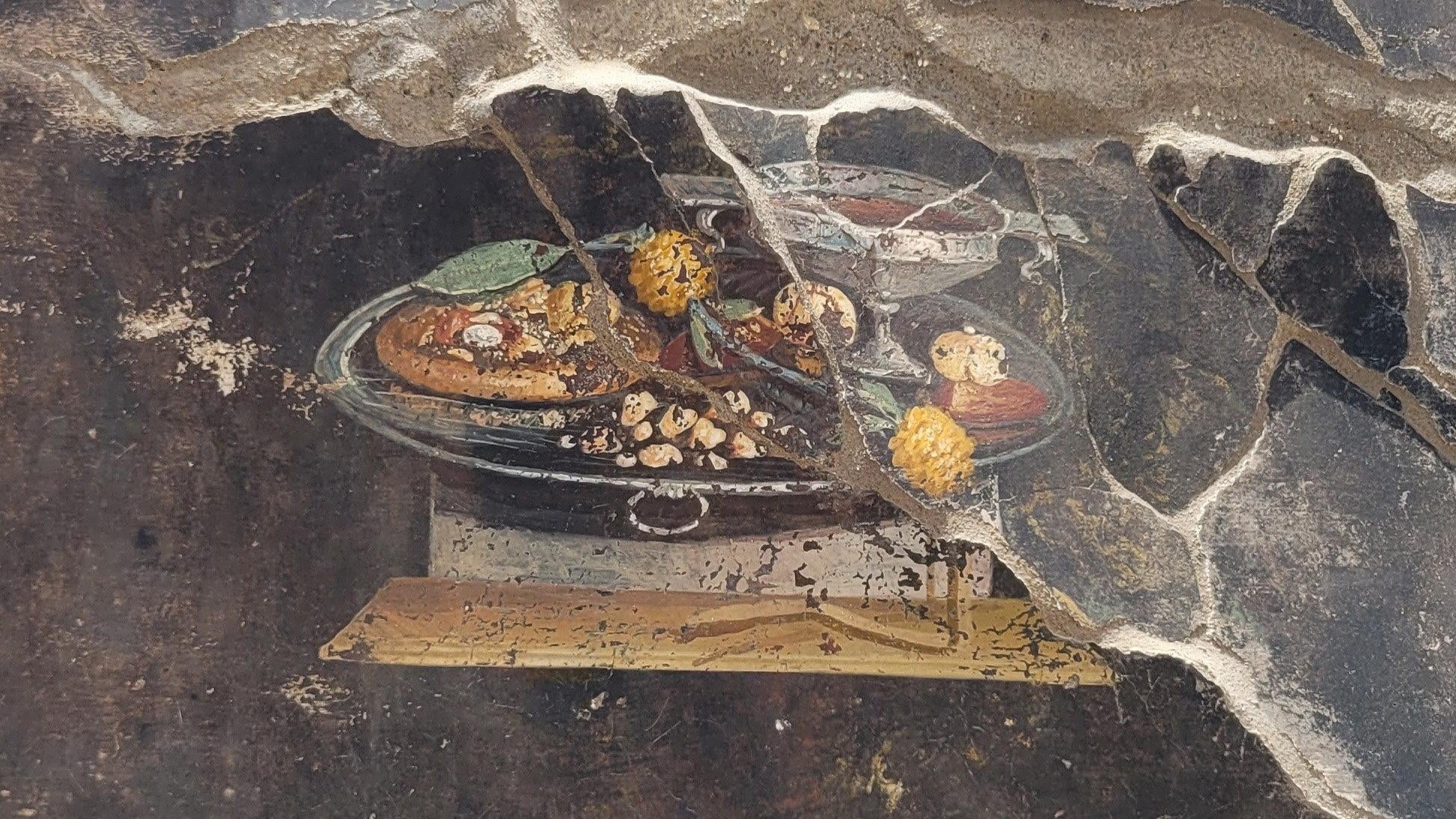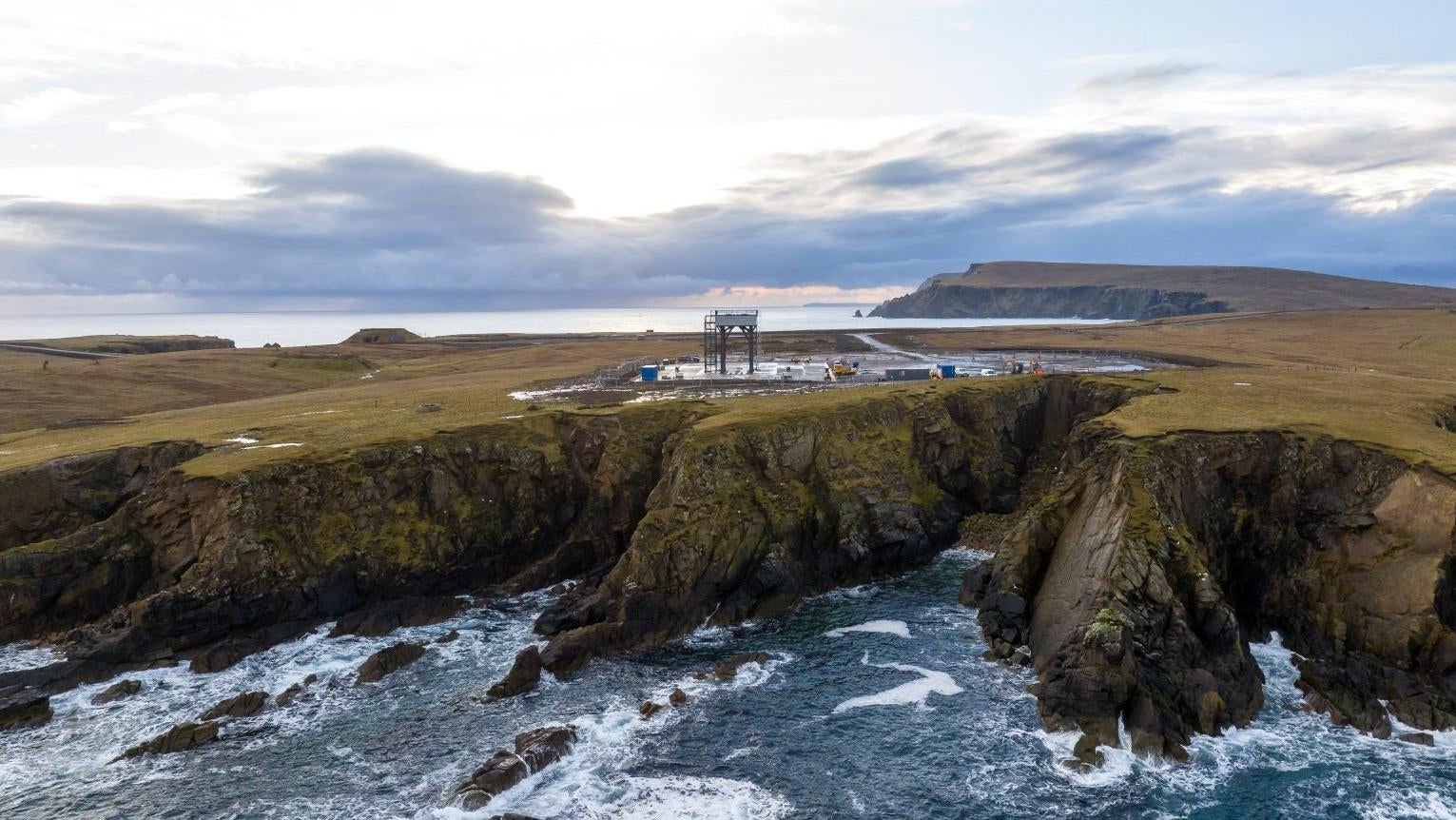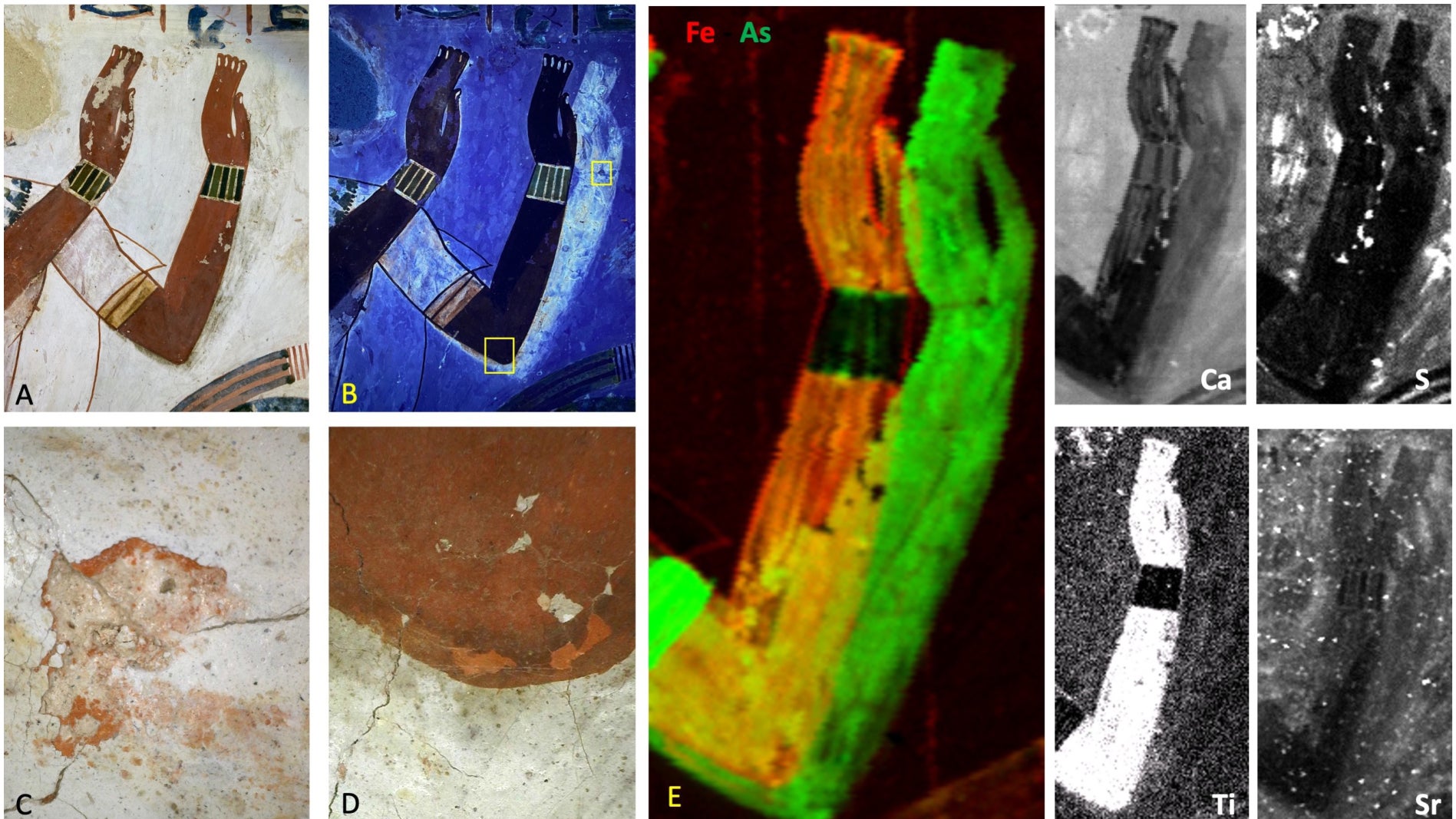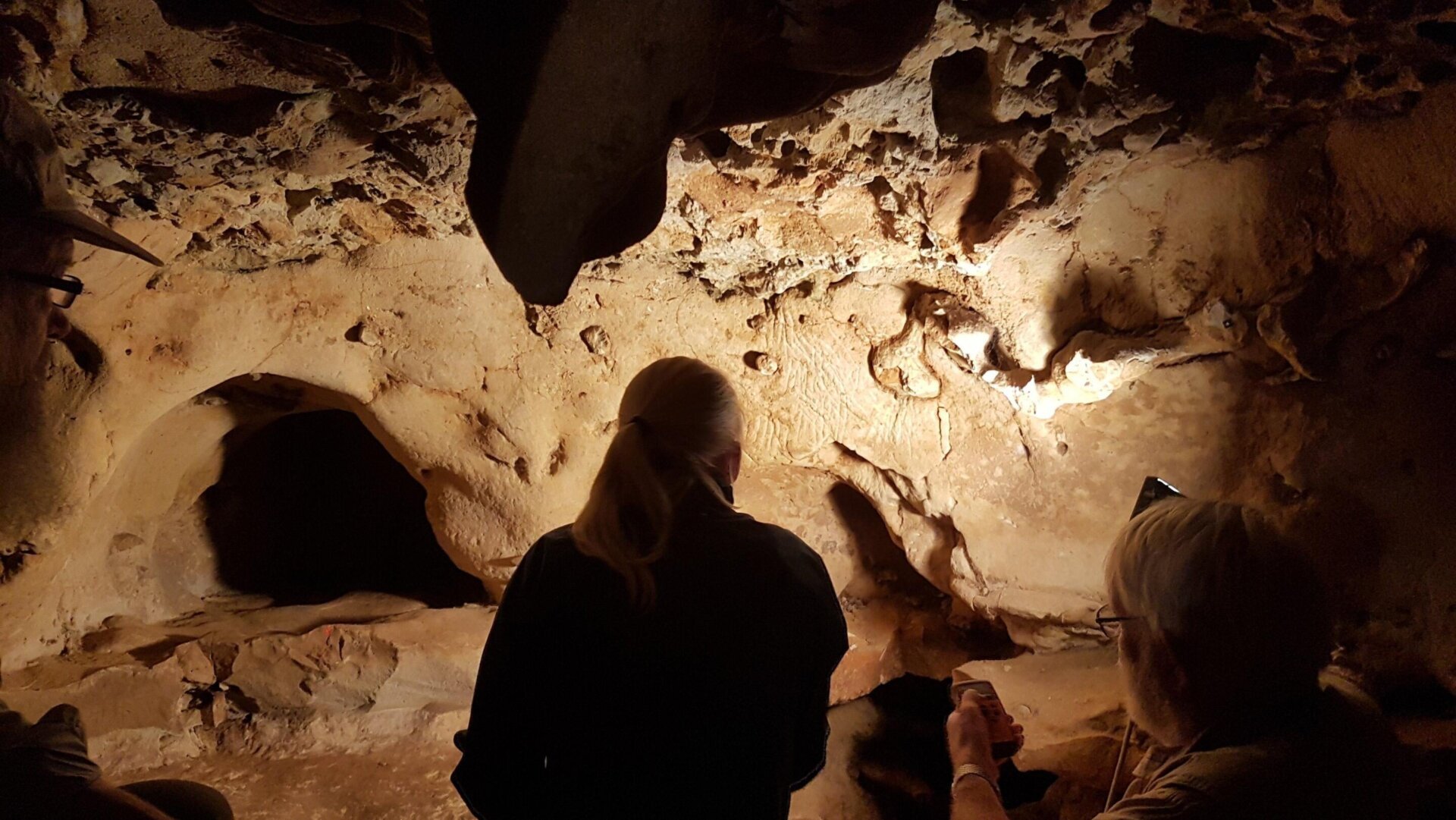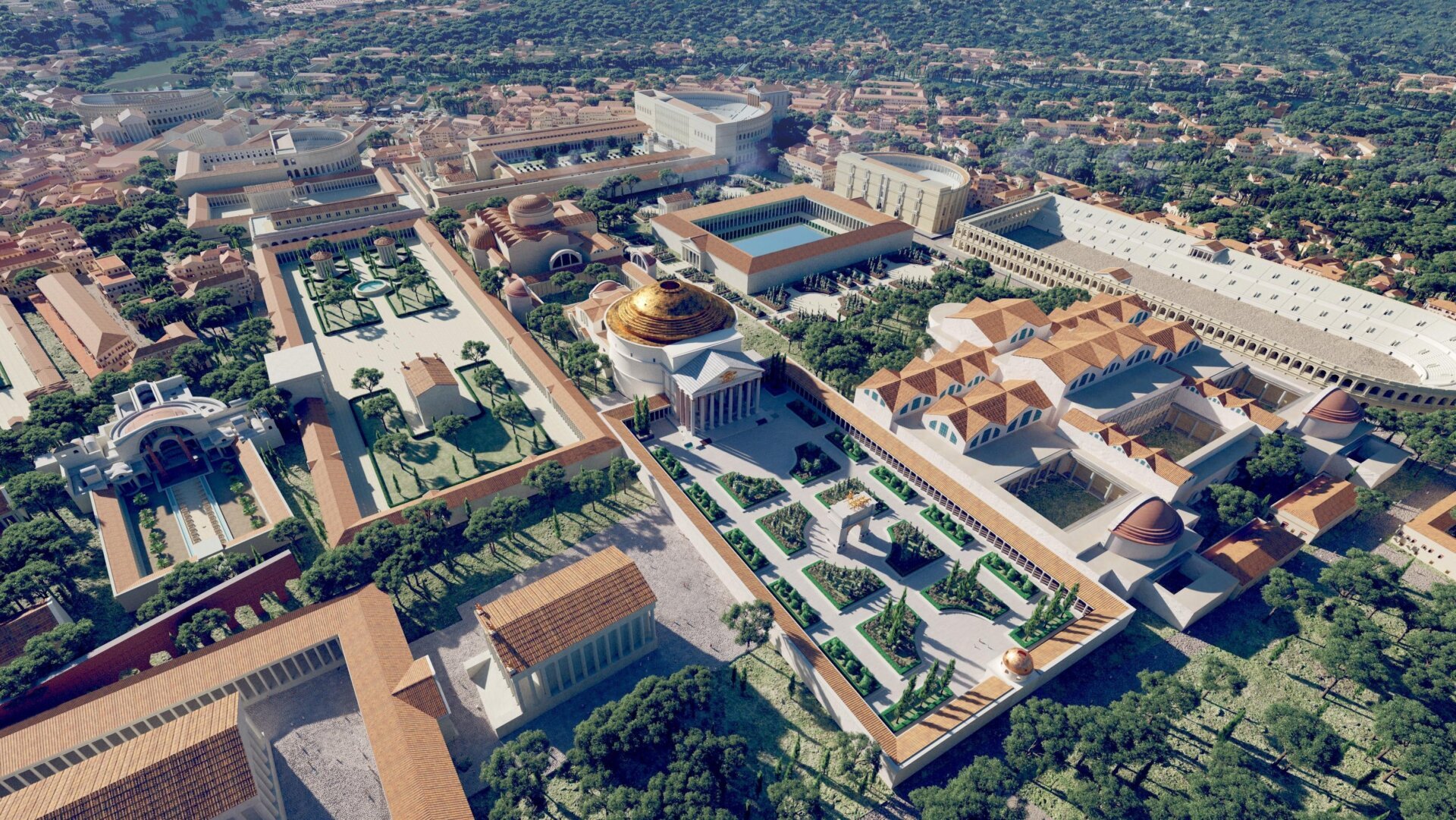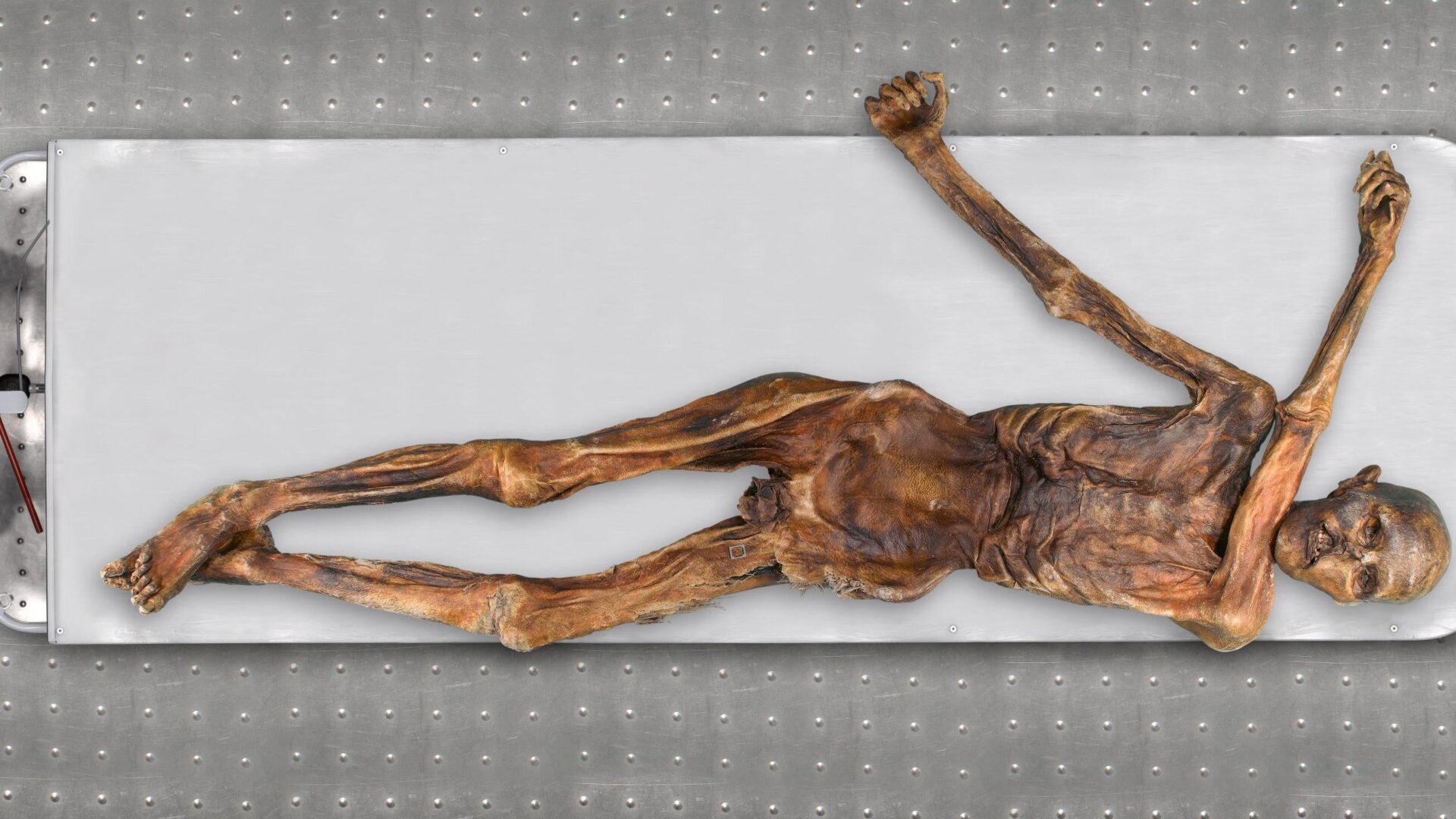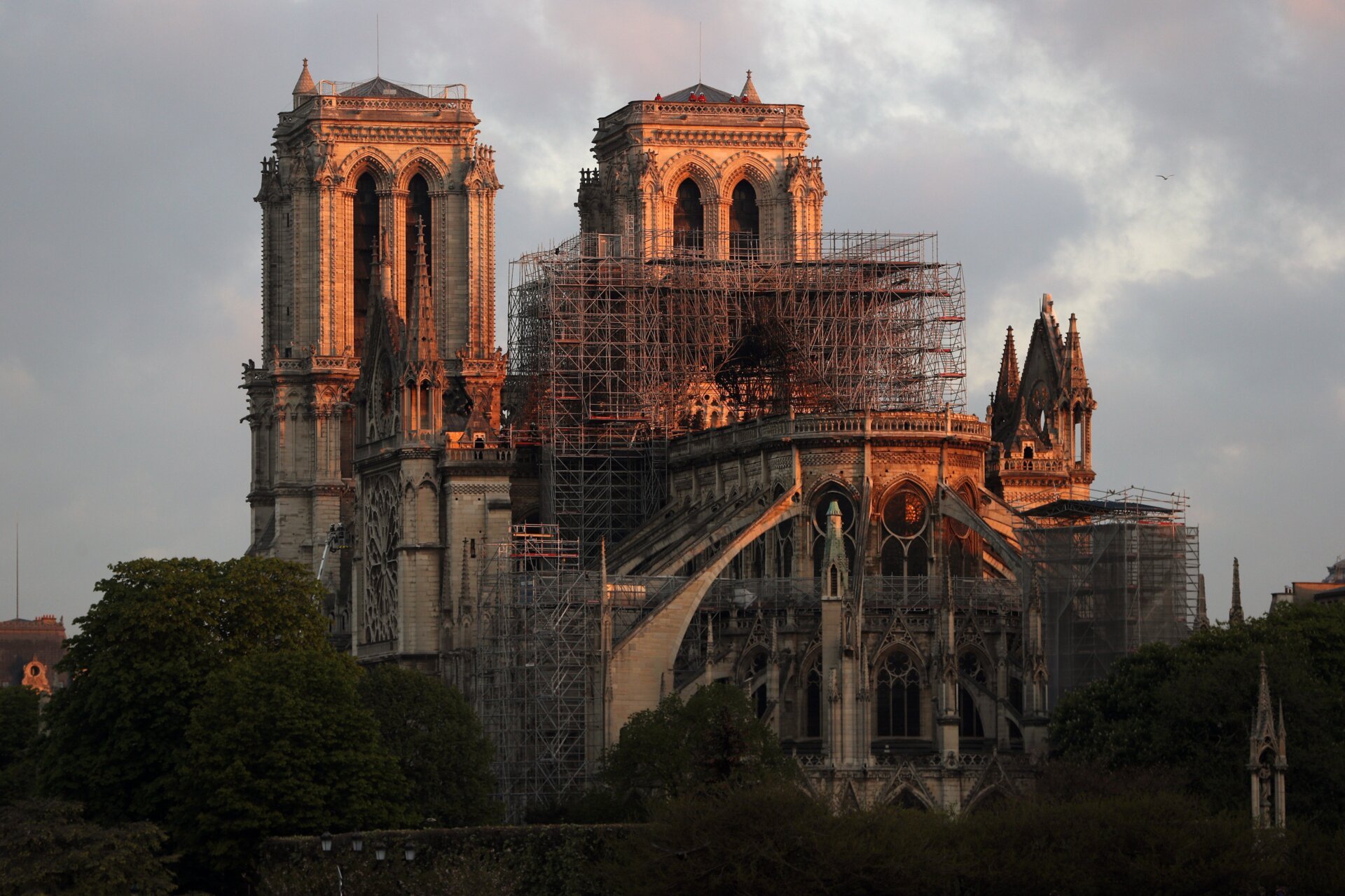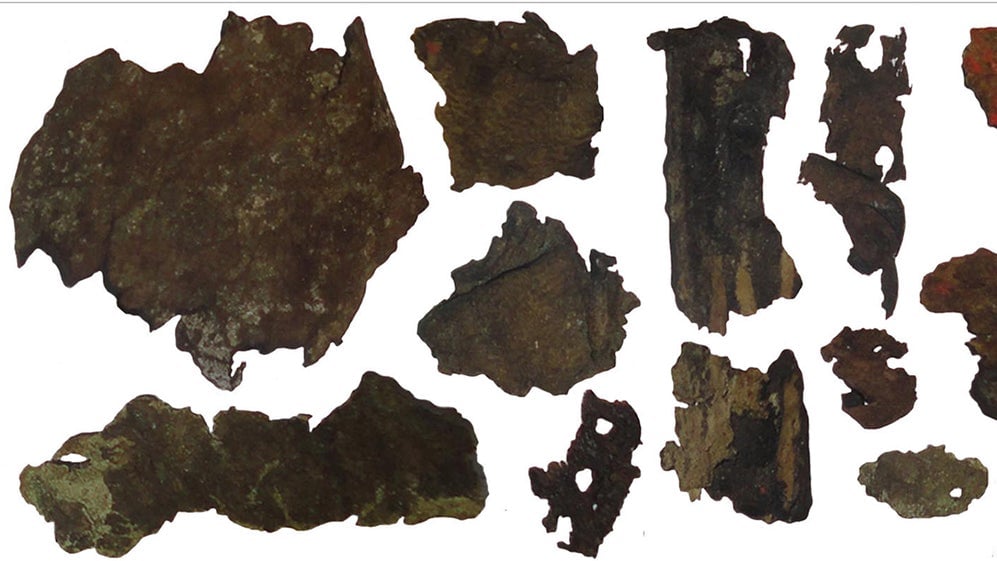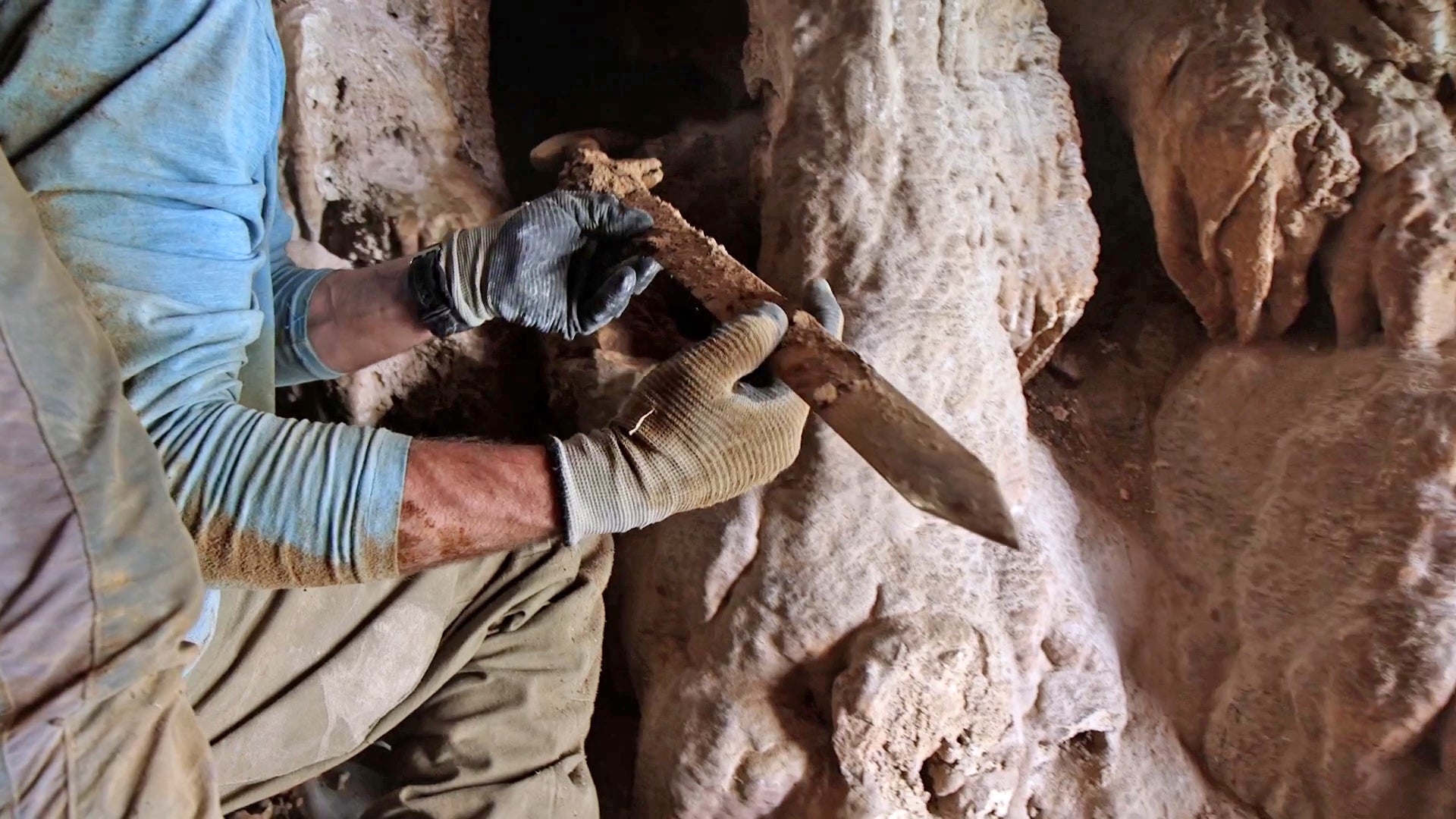The recent discovery of a vibrant fresco in Pompeii has ignited online discussions about its depiction of a flatbread dish, often mistakenly identified as pizza. While visually intriguing, this 2,000-year-old artwork showcases a Roman flatbread known as “mensa,” not a pizza as we know it today.
The fresco, unearthed during excavations in Pompeii’s Regio IX, portrays a platter laden with food and drink. A piece of mensa, positioned on the left side of the platter, is adorned with pomegranate, a possible date, spices, and condiments. Dried fruits and a goblet of wine complete the still life. While the Pompeii Archaeological Park acknowledges a potential ancestral link to modern pizza, it clarifies that traditional pizza includes tomato and mozzarella, ingredients absent from this ancient depiction.
The term “mensa” carries a double meaning, referring to both the flatbread itself and the table it was often served on. Culinary archaeologist Farrell Monaco highlighted this in a blog post, referencing Virgil’s Aeneid, where characters humorously remark about “eating their tables” after consuming meals served on mensa.
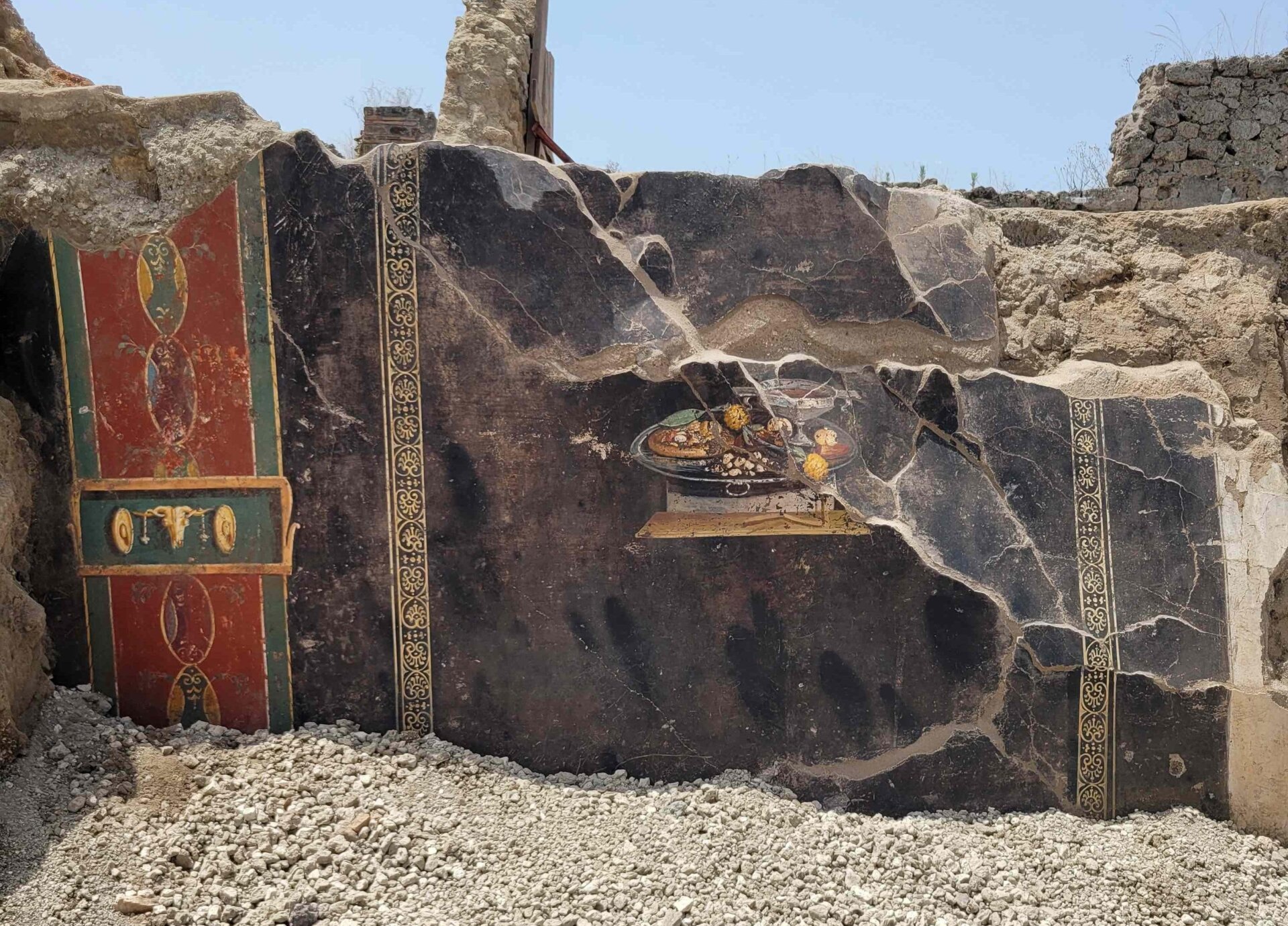 The food fresco was found on a wall abutting what was a Pompeiian bakery.The fresco depicting the flatbread meal was discovered on a wall adjacent to a former bakery in Pompeii. (Photo: Archaeological Park of Pompeii / Italian Ministry of Culture)
The food fresco was found on a wall abutting what was a Pompeiian bakery.The fresco depicting the flatbread meal was discovered on a wall adjacent to a former bakery in Pompeii. (Photo: Archaeological Park of Pompeii / Italian Ministry of Culture)
The fresco’s location, on a wall adjoining a former bakery, adds another layer of context to the find. Pompeii, located approximately 15 miles southeast of Naples (the modern birthplace of pizza), was tragically buried by the eruption of Mount Vesuvius in 79 AD. The city’s rediscovery in the 18th century has provided invaluable insights into Roman life, from everyday meals to the final moments of its inhabitants.
This latest discovery builds upon previous findings of preserved food and dining establishments in Pompeii. In 2021, a thermopolium (Roman snack bar) was excavated, complete with remnants of animal bones and bean residue within its serving vessels (dolia). Similar to the recent fresco, the thermopolium featured beautifully preserved frescoes, shielded under volcanic ash for almost two millennia.
The current excavation of the house containing the flatbread fresco, partially explored between 1888 and 1891, utilizes modern archaeological technology to uncover further details. With approximately one-third of Pompeii still buried under volcanic debris, these ongoing efforts offer exciting prospects for unveiling more glimpses into this frozen moment in time.
The discovery of the mensa fresco provides a valuable window into Roman culinary practices and the history of flatbread, even if it doesn’t depict pizza in its modern form. The ongoing excavations in Pompeii promise further revelations about life in this ancient city, adding to our understanding of history and the evolution of food culture.



